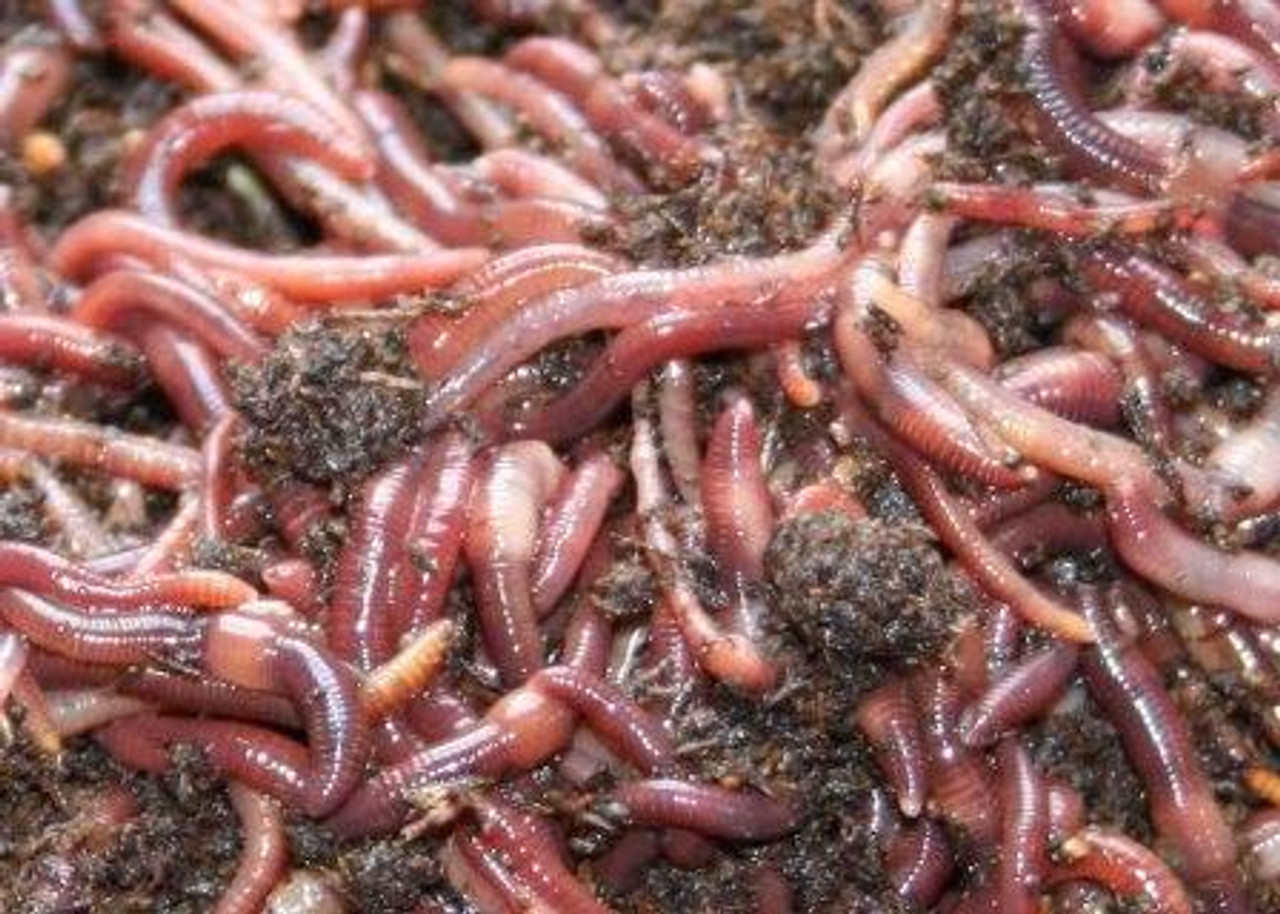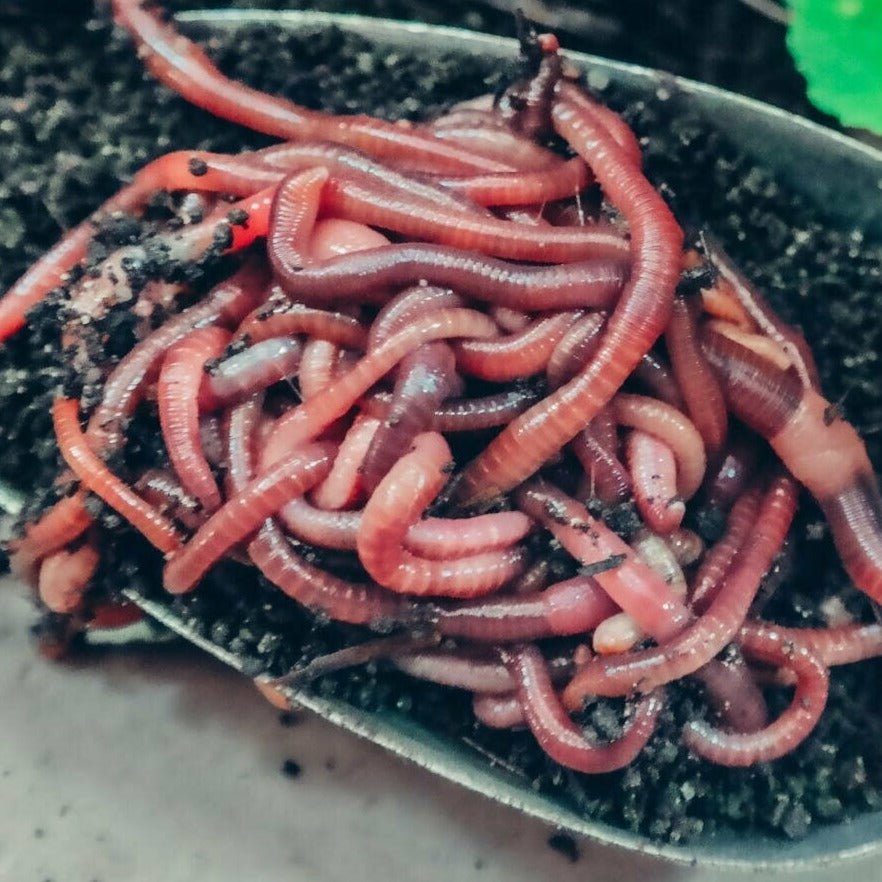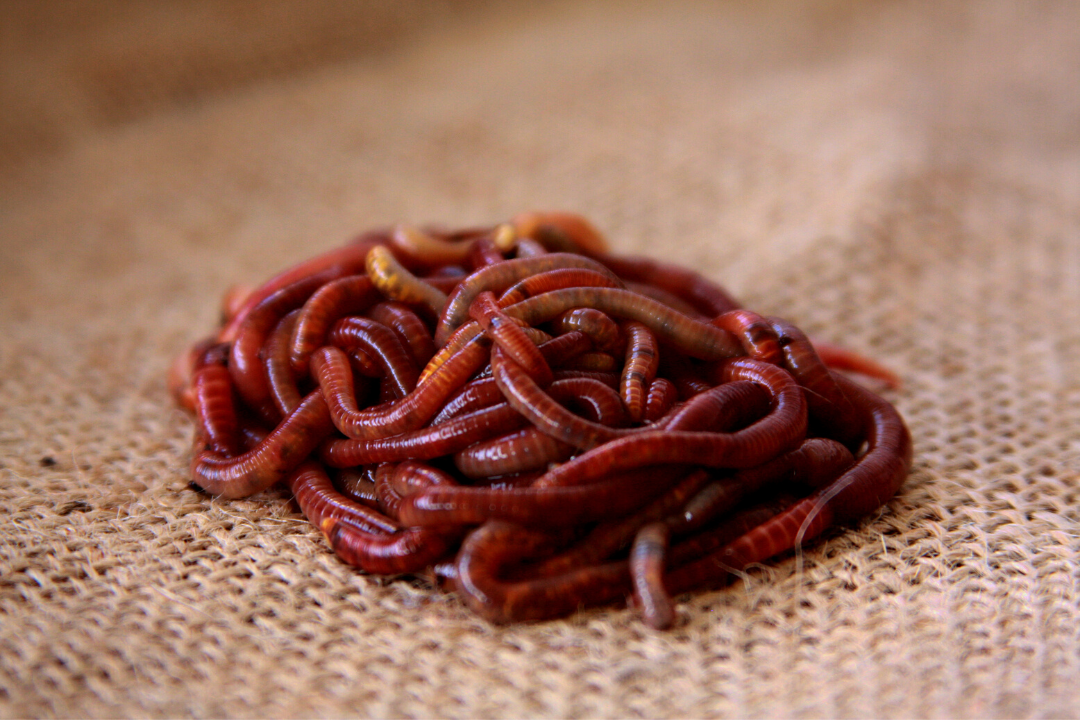Discover How Lake Hickory Bait Can Improve Your Lawn’s Growth and Vitality
Red Wigglers: The Unsung Heroes of Organic Waste Recycling
Red wigglers, or Eisenia fetida, serve as critical representatives in the organic waste reusing process, changing discarded materials into useful vermicompost. As the globe significantly seeks services to combat waste build-up and enhance agricultural performance, comprehending the role of these worms ends up being vital.
What Are Red Wigglers?
The amazing resilience of red wigglers, clinically referred to as Eisenia fetida, highlights their important role in natural waste recycling. These small, reddish-brown earthworms are usually discovered in breaking down natural matter, such as compost heap and manure loads. Lake Hickory Bait. Unlike other earthworm varieties, red wigglers prosper in nutrient-rich environments and are extremely effective at damaging down organic products, making them important for vermicomposting

(Red Wiggler Express)In enhancement to their duty in waste reduction, red wigglers add to soil health and wellness by improving soil structure and aeration via their burrowing activities (Lake Hickory Bait). Their existence in composting systems not just boosts disintegration rates but likewise promotes a lasting strategy to waste management, showing their significance in eco-friendly preservation initiatives
Benefits of Composting With Worms
Composting with worms, particularly red wigglers, provides numerous advantages that improve both waste administration and dirt wellness. First, these worms successfully break down natural waste, transforming it into nutrient-rich vermicompost that enriches soil. This process increases decomposition, enabling a quicker recycling of cooking area scraps and various other organic materials contrasted to standard composting techniques.
In addition, the vermicompost generated by red wigglers is including helpful microbes, which assist enhance soil framework, aeration, and dampness retention. This boosts the total wellness of plants, promoting energetic growth and enhanced yields in yards and agricultural setups. The use of worms in composting minimizes the production of greenhouse gases, such as methane, adding to a much more sustainable waste monitoring system.

Just How to Beginning Vermicomposting
Establishing a vermicomposting system is a simple procedure that can yield substantial benefits for both waste management and soil enrichment. To begin, pick a suitable container, such as a plastic container or wood box, with adequate ventilation holes to make certain proper air flow. The measurements need to preferably be around 2 feet by 3 feet, allowing sufficient area for the worms to prosper.
Following, prepare bed linens material, which can contain shredded paper, cardboard, or coconut coir. This bed linens should be moistened to develop a suitable habitat for the worms. Once the bedding is in place, introduce red wigglers (Eisenia fetida) into the bin, normally around one extra pound of worms for every square foot of area.
Complying with the placement of worms, More hints add natural waste, such as fruit and veggie scraps, coffee grounds, and smashed eggshells. With these steps, you will effectively launch a vermicomposting system that adds to sustainable waste management and improves your soil.
Keeping a Healthy Worm Container
(Red Wiggler Express)Keeping a worm container prospering requires normal interest and like make certain the health and wellness of the red wigglers and the efficiency of the composting procedure. Appropriate maintenance starts with keeping an eye on the moisture degrees; the container should perspire however not saturated. A great regulation of thumb is to keep an uniformity similar to a wrung-out sponge.
Delicately blending the bed linen and food scraps every couple of weeks stops compaction and makes certain that all worms have access to oxygen. In addition, it is crucial to feed the worms suitably.
If the bin becomes too hot or cold, the worms may end up being stressed out. By faithfully handling these aspects, one can preserve a durable and effective worm container.
Effect On Lasting Living
The successful maintenance of a worm bin not only profits the wellness of red wigglers however likewise contributes substantially to lasting living methods. By recycling natural waste, such as kitchen area scraps and yard debris, red wigglers assist divert significant amounts of product from land fills. This decrease in waste not just lowers greenhouse gas discharges however also decreases the ecological concern linked with waste monitoring.
Additionally, the castings generated by red wigglers function as a nutrient-rich organic fertilizer, enhancing dirt health and wellness and promoting plant development. This natural choice to chemical fertilizers supports lasting farming and gardening techniques, reducing dependence on artificial inputs that can harm communities. In addition, worm composting fosters awareness of waste monitoring, encouraging people and communities to take on more lasting practices.

Verdict
In summary, red wigglers act as crucial contributors to natural waste reusing through their efficient decay of natural products. Their capacity to generate nutrient-rich vermicompost enhances soil wellness and supports sustainable agricultural practices. By incorporating vermicomposting into waste administration techniques, individuals and neighborhoods can dramatically lower waste while advertising ecological sustainability. The duty of Eisenia fetida in cultivating healthy and balanced communities highlights the value of these microorganisms in attaining lasting living and improving soil fertility.